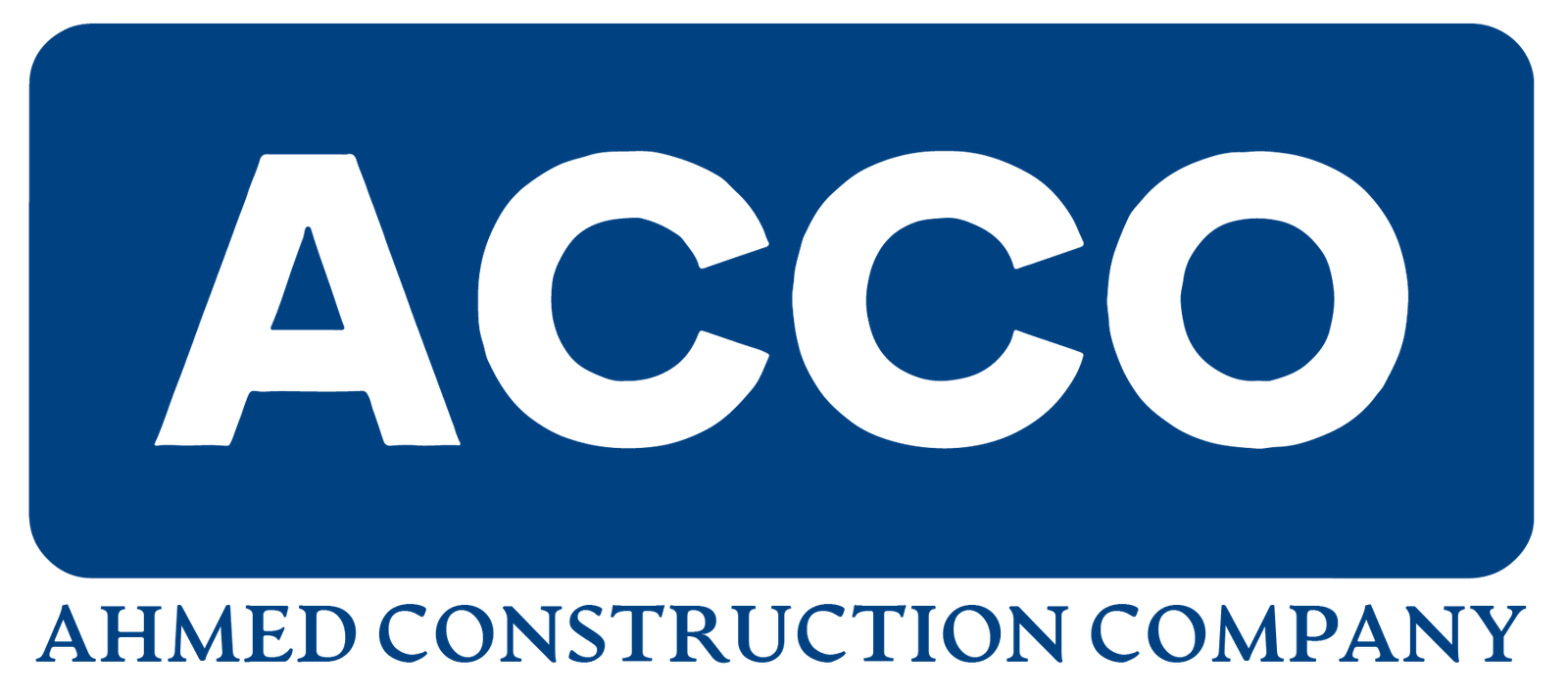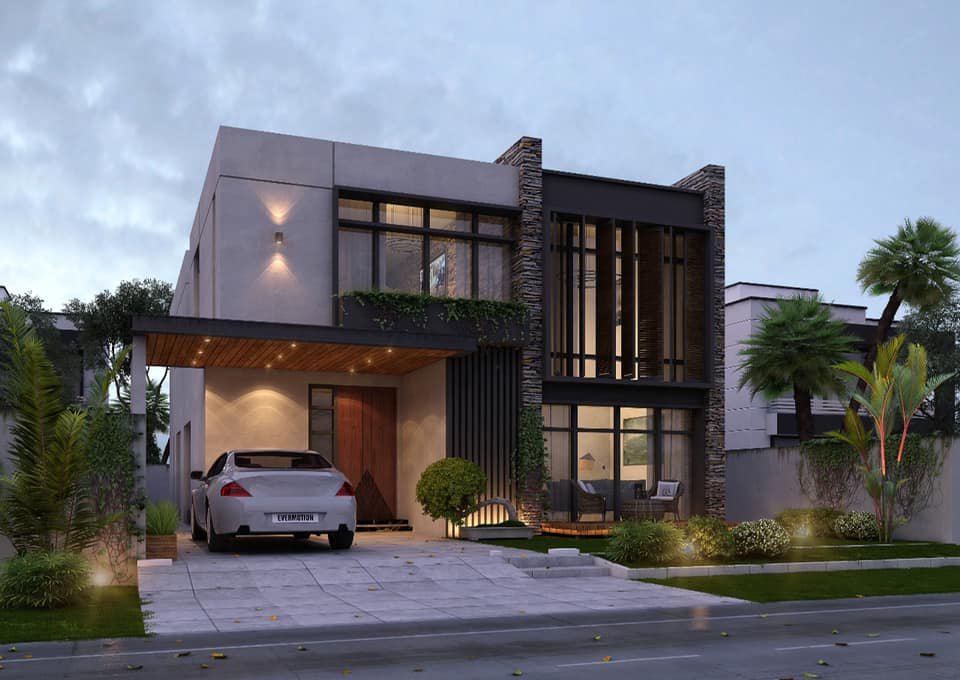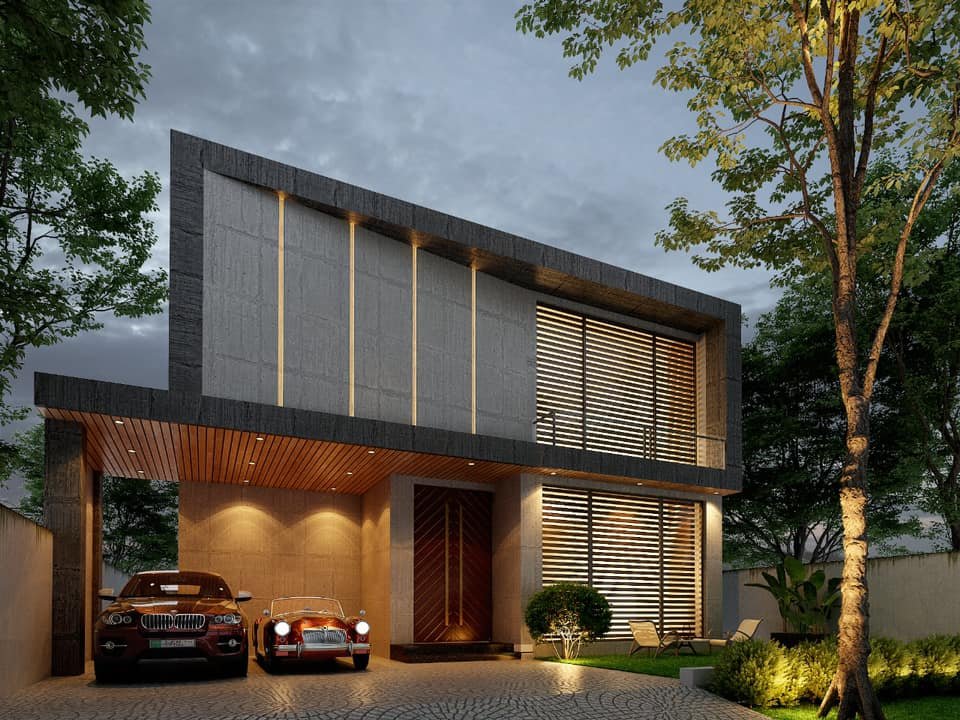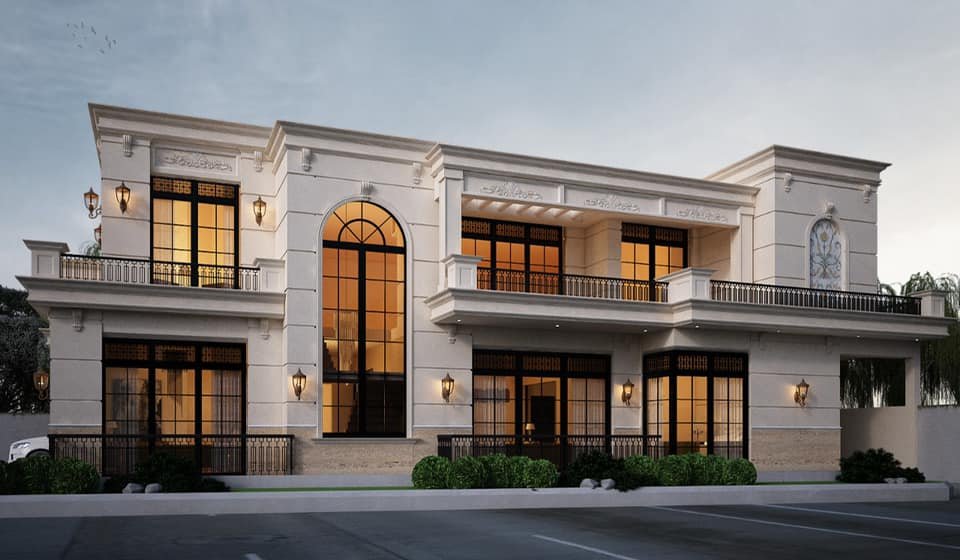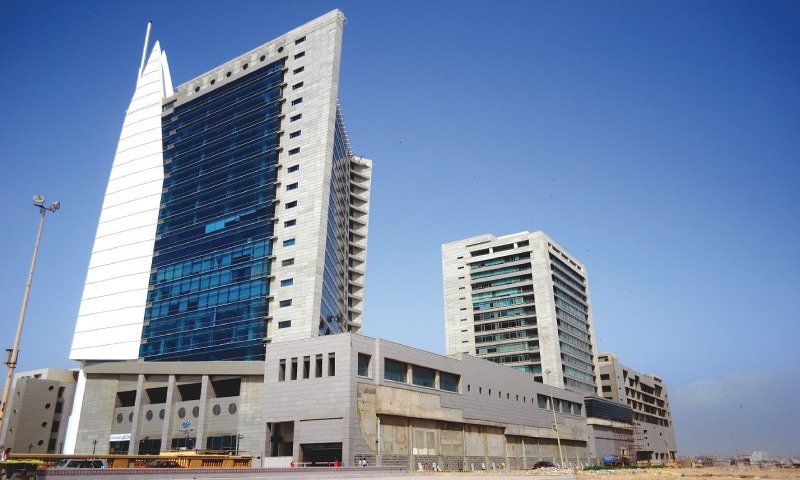
ACCO Next-Generation Hospital Design in Pakistan: Key Features and Benefits”
| Headings | Sub-headings |
|---|---|
| Introduction to ACCO’s Vision for Hospital Design | |
| The Importance of Modern Hospital Design in Pakistan | Addressing Healthcare Challenges |
| Enhancing Patient Experience | |
| Key Features of ACCO’s Next-Generation Hospital Design | Integration of Advanced Technology |
| Patient-Centric Architecture | |
| Sustainable and Eco-Friendly Design | |
| Smart Healthcare Systems | |
| Flexibility and Future-Proofing | |
| Innovative Architectural Elements | Natural Light Utilization |
| Healing Environments | |
| Efficient Space Planning | |
| Technological Advancements in ACCO’s Design | Telemedicine and Remote Monitoring |
| AI-Driven Patient Management | |
| Robotics in Surgery and Care | |
| Sustainability in ACCO’s Hospital Design | Green Building Materials |
| Energy Efficiency Measures | |
| Waste Management Systems | |
| Patient Experience and Comfort | Private Rooms and Personalized Spaces |
| Noise Reduction Techniques | |
| Art and Nature Integration | |
| Benefits of ACCO’s Next-Generation Design | Improved Patient Outcomes |
| Cost Efficiency for Hospitals | |
| Reduced Environmental Impact | |
| Future of Hospital Design in Pakistan | Emerging Trends in Healthcare Infrastructure |
| The Role of ACCO in Shaping the Future | |
| FAQs | Benefits of Next-Generation Hospital Design? |
| How does ACCO incorporate technology? | |
| What are the sustainability features? | |
| How does design improve patient outcomes? | |
| Is ACCO’s design adaptable? | |
| What makes ACCO’s approach unique? | |
| Conclusion |
ACCO Next-Generation Hospital Design in Pakistan: Key Features and Benefits
Introduction to ACCO’s Vision for Hospital Design
ACCO, a leader in the architectural and construction industry, is setting a new standard in healthcare infrastructure with its next-generation hospital design in Pakistan. With a deep understanding of the country’s unique healthcare challenges, ACCO is pioneering designs that are not only innovative but also tailored to the needs of both patients and healthcare providers. This article explores the key features and benefits of these advanced designs, shedding light on how they are poised to transform the healthcare landscape in Pakistan.
The Importance of Modern Hospital Design in Pakistan
In a country like Pakistan, where healthcare infrastructure is often strained, the need for modern hospital designs is more pressing than ever. Traditional hospitals frequently fall short in terms of patient comfort, technological integration, and sustainability. ACCO’s approach addresses these gaps by reimagining hospital spaces to better serve both the medical staff and patients.
Addressing Healthcare Challenges
Pakistan’s healthcare system faces several challenges, including overcrowded facilities, outdated infrastructure, and a lack of access to advanced medical technologies. ACCO’s next-generation hospital design aims to tackle these issues head-on by creating spaces that are more efficient, scalable, and equipped to handle the evolving needs of the population.
Enhancing Patient Experience
Patient experience is at the heart of ACCO’s hospital design philosophy. By focusing on patient-centric elements such as comfort, privacy, and accessibility, these new designs are not just about aesthetics but also about improving overall patient outcomes. A well-designed hospital can significantly reduce stress and anxiety, leading to faster recovery times and better patient satisfaction.
Key Features of ACCO’s Next-Generation Hospital Design
ACCO’s next-generation hospital designs are characterized by several key features that set them apart from traditional hospital models. These features are aimed at improving functionality, enhancing patient care, and ensuring long-term sustainability.
Integration of Advanced Technology
One of the standout features of ACCO’s hospital designs is the seamless integration of advanced technologies. From AI-driven patient management systems to robotics in surgery, these hospitals are equipped with state-of-the-art tools that improve the efficiency and effectiveness of medical care.
Patient-Centric Architecture
The architecture of ACCO’s hospitals places the patient at the center of the design process. This means creating environments that promote healing, reduce stress, and ensure patient comfort. Features like private rooms, natural light, and access to green spaces are integral to this approach, making hospitals not just places of treatment but spaces of wellness.
Sustainable and Eco-Friendly Design
Sustainability is a core element of ACCO’s hospital designs. By using green building materials, implementing energy-efficient systems, and incorporating waste management solutions, these hospitals are designed to have a minimal environmental impact. This not only reduces operational costs but also supports broader environmental goals.
Smart Healthcare Systems
ACCO’s next-generation hospitals are equipped with smart healthcare systems that enhance the overall efficiency of hospital operations. These systems enable real-time monitoring of patient health, streamlined communication between medical staff, and more accurate diagnostic tools, leading to better patient outcomes.
Flexibility and Future-Proofing
The healthcare landscape is constantly evolving, and hospitals need to be adaptable to these changes. ACCO’s designs are future-proof, meaning they can be easily modified or expanded to incorporate new technologies or to meet changing healthcare demands. This flexibility ensures that these hospitals remain relevant and functional for decades to come.
Innovative Architectural Elements
The architectural design of ACCO’s hospitals incorporates several innovative elements that enhance both functionality and aesthetics.
Natural Light Utilization
Natural light is a critical component of ACCO’s hospital designs. By maximizing the use of daylight, these hospitals create bright, uplifting spaces that can positively affect the mood and recovery of patients. Studies have shown that exposure to natural light can reduce hospital stays and improve overall patient well-being.
Healing Environments
Healing environments are designed to promote recovery through thoughtful design choices. ACCO integrates elements such as calming colors, nature-inspired art, and quiet spaces to create an atmosphere that supports healing. These elements are not only beneficial for patients but also for the staff, reducing burnout and increasing job satisfaction.
Efficient Space Planning
Efficient space planning is essential in a hospital setting where every square meter needs to be functional. ACCO’s designs optimize space use, ensuring that critical areas like operating rooms, emergency departments, and patient wards are easily accessible and equipped with the necessary resources.
Technological Advancements in ACCO’s Design
Technology plays a central role in ACCO’s hospital designs, with various advancements being incorporated to improve patient care and operational efficiency.
Telemedicine and Remote Monitoring
Telemedicine is becoming increasingly important in healthcare, and ACCO’s designs fully embrace this trend. Hospitals are equipped with the necessary infrastructure to support telemedicine, allowing patients to receive care remotely. This is particularly beneficial in Pakistan, where access to healthcare can be limited in rural areas.
AI-Driven Patient Management
Artificial intelligence (AI) is revolutionizing healthcare, and ACCO is at the forefront of this change. Their hospital designs include AI-driven systems that assist in patient management, from scheduling appointments to predicting patient needs. These systems not only improve efficiency but also ensure that patients receive personalized care.
Robotics in Surgery and Care
Robotics is another area where ACCO’s designs excel. By incorporating robotic systems in surgery and patient care, these hospitals can offer cutting-edge treatments that are more precise and less invasive. This leads to faster recovery times and better outcomes for patients.
Sustainability in ACCO’s Hospital Design
Sustainability is not just a buzzword for ACCO; it is a fundamental principle that guides their hospital designs.
Green Building Materials
ACCO is committed to using green building materials that are not only durable but also environmentally friendly. This includes materials that are recycled, sustainably sourced, and low in harmful emissions. These choices help reduce the environmental impact of hospital construction and operation.
Energy Efficiency Measures
Energy efficiency is a major consideration in ACCO’s designs. Hospitals are equipped with energy-efficient lighting, heating, and cooling systems that reduce overall energy consumption. Additionally, the use of renewable energy sources, such as solar panels, further minimizes the hospital’s carbon footprint.
Waste Management Systems
Proper waste management is critical in a hospital setting, where hazardous and non-hazardous waste needs to be handled with care. ACCO’s designs include comprehensive waste management systems that ensure safe disposal and recycling of materials, thereby reducing environmental impact and improving safety.
Patient Experience and Comfort
Patient experience is a top priority in ACCO’s hospital designs, with several features specifically aimed at enhancing comfort and well-being.
Private Rooms and Personalized Spaces
Private rooms are an essential feature of ACCO’s designs, providing patients with the privacy and comfort they need during their recovery. These rooms are equipped with personalized amenities, such as adjustable lighting and temperature controls, to create a homelike environment that fosters healing.
Noise Reduction Techniques
Noise can be a significant stressor in a hospital environment, affecting both patients and staff. ACCO’s designs incorporate noise reduction techniques, such as soundproofing and quiet zones, to create a more peaceful atmosphere conducive to rest and recovery.
Art and Nature Integration
The integration of art and nature is a key element in ACCO’s approach to hospital design. By incorporating nature-inspired art, indoor gardens, and outdoor spaces, these hospitals provide a soothing environment that can positively impact mental and physical health.
Benefits of ACCO’s Next-Generation Design
The benefits of ACCO’s next-generation hospital designs extend beyond the immediate aesthetic and functional improvements.
Improved Patient Outcomes
A well-designed hospital environment can have a direct impact on patient outcomes. ACCO’s designs, with their focus on patient comfort, advanced technology, and efficient care delivery, contribute to faster recovery times, lower readmission rates, and overall better health outcomes.
Cost Efficiency for Hospitals
While the initial investment in a next-generation hospital design may be higher, the long-term cost savings are significant. Energy-efficient systems, smart technology, and sustainable materials reduce operational costs, making these hospitals more cost-effective in the long run.
Reduced Environmental Impact
ACCO’s commitment to sustainability means that their hospital designs have a lower environmental impact compared to traditional hospitals. This is achieved through the use of green building materials, energy-efficient systems, and comprehensive waste management, all of which contribute to a more sustainable healthcare infrastructure.
Future of Hospital Design in Pakistan
The future of hospital design in Pakistan is bright, with ACCO leading the way in innovative and sustainable healthcare infrastructure.
Emerging Trends in Healthcare Infrastructure
As healthcare needs evolve, so too must the infrastructure that supports it. Emerging trends such as telemedicine, AI-driven care, and personalized medicine are shaping the future of hospital design. ACCO is at the forefront of these trends, ensuring that their designs are not only current but also adaptable to future advancements.
The Role of ACCO in Shaping the Future
ACCO’s role in shaping the future of hospital design in Pakistan cannot be overstated. Their commitment to innovation, sustainability, and patient-centric design is setting a new standard for healthcare infrastructure in the country. As they continue to push the boundaries of what is possible in hospital design, ACCO is poised to make a lasting impact on Pakistan’s healthcare system.
FAQs
What are the benefits of next-generation hospital design?
Next-generation hospital designs offer numerous benefits, including improved patient outcomes, increased operational efficiency, reduced environmental impact, and enhanced patient comfort.
How does ACCO incorporate technology in their hospital designs?
ACCO integrates advanced technologies such as AI-driven patient management systems, telemedicine infrastructure, and robotics in surgery to enhance the efficiency and effectiveness of patient care.
What sustainability features are included in ACCO’s hospital designs?
ACCO’s designs include the use of green building materials, energy-efficient systems, and comprehensive waste management solutions to reduce the environmental impact of hospitals.
How does ACCO’s design improve patient outcomes?
ACCO’s patient-centric design approach, which includes private rooms, healing environments, and advanced healthcare technologies, contributes to faster recovery times and better overall patient health.
Is ACCO’s hospital design adaptable to future changes?
Yes, ACCO’s hospital designs are flexible and future-proof, allowing them to be easily modified or expanded to incorporate new technologies or meet changing healthcare demands.
What makes ACCO’s approach to hospital design unique?
ACCO’s unique approach combines cutting-edge technology, sustainable practices, and patient-centric architecture to create hospitals that are not only functional but also supportive of patient and staff well-being.
Conclusion
ACCO’s next-generation hospital design is revolutionizing healthcare infrastructure in Pakistan. By focusing on advanced technology, sustainability, and patient-centric architecture, ACCO is setting a new standard for hospitals in the country. These designs not only improve patient outcomes but also offer long-term cost savings and environmental benefits. As Pakistan continues to modernize its healthcare system, ACCO’s innovative approach will play a crucial role in shaping the future of hospital design.
